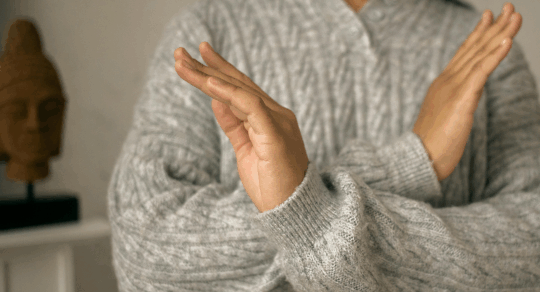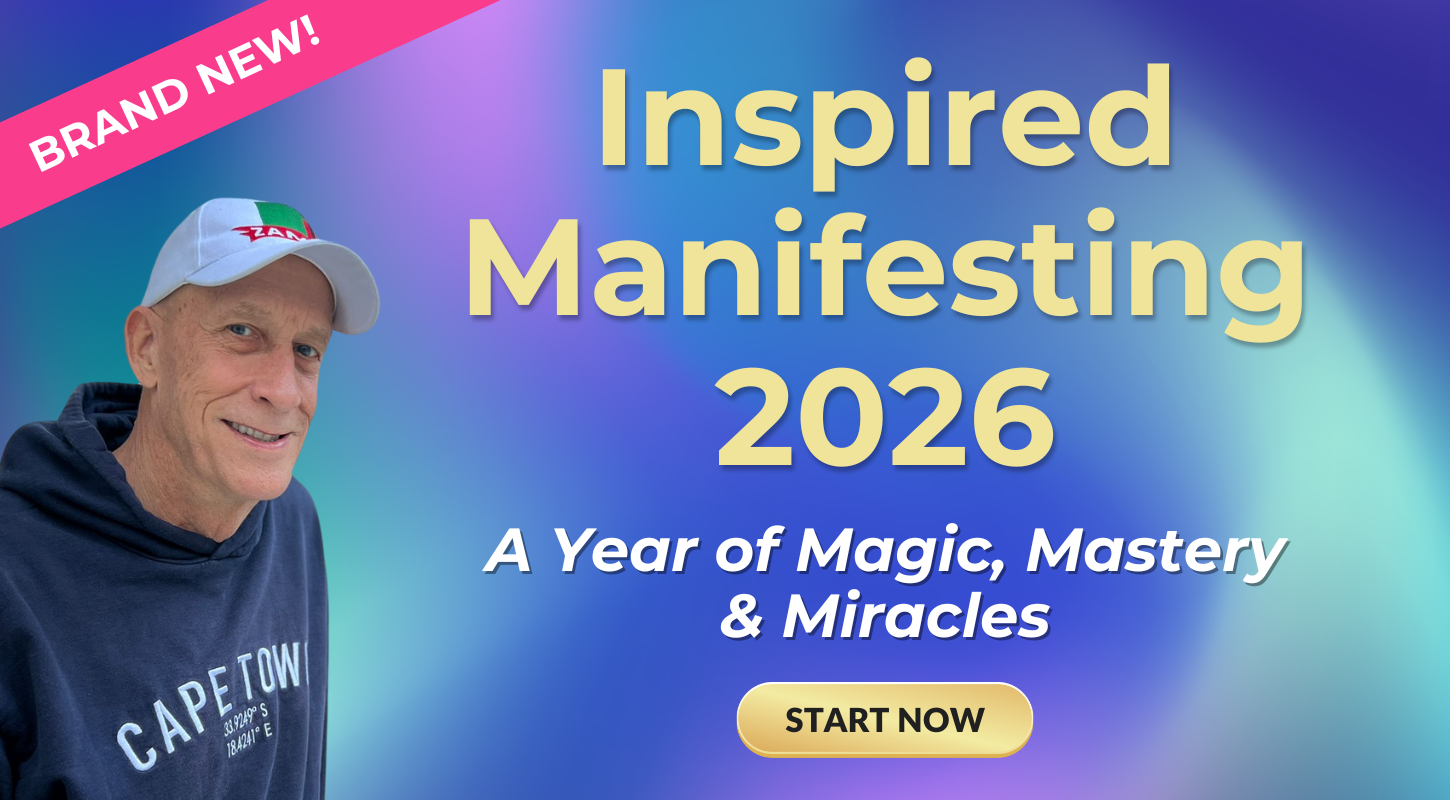When I first started my business, I thought I had to go all in from the beginning. I felt like I had to take bold moves, exude confidence, and move full speed ahead. So that is what I did—or at least I tried to. I would gather all the courage I had and make a move.
The thing is, I didn’t really feel that courage. While I felt a deep pull towards this work, I felt equally afraid—or perhaps even more so. After I took a step forward, my fear and self-doubt would catch up with me, and I literally wanted to hide under the bed. It would often take me weeks to pick up the courage for another big move, and the cycle would repeat itself.
And it wasn’t just my thoughts that focused on my self-doubt; it was very much a physical feeling as well. Fear comes with sensations in the body, like an increased heartrate, difficulty breathing, and tense muscles.
That is because your nervous system picks up on what feels unsafe and responds to that. Fear is often a reaction to a perceived danger, and your body can’t distinguish whether that danger is real or not.
When we start something new, whether it is a business, a job, or a new habit or pattern we want to implement, we aren’t usually super confident on day one. Our deepest longings are often accompanied by our biggest fears.
What that fear looks like is personal: it could be fear of disappointment, failure, judgment, abandonment, or rejection. Or perhaps it is simply the fear of big changes, because as deeply as we may long for something, change is often scary. We are wired to want what feels comfortable, even when we have outgrown it.
When it comes to fear, we tend to take one of the following two approaches.
The first is to stay as far away as possible from what we fear. This can look like avoidance, but also like waiting for something to fall into place so we can move forward.
If you want to create meaningful change, courageous steps are necessary. It can be tempting to wait until you feel confident enough or gain more experience, but there will probably never be a moment where you feel fully ready.
You might get trapped in a cycle where you feel like you need another course, more time, more money, or more experience to take a step.
We can also spend a lot of time waiting for someone else to give us permission to move forward. This could be a parent, a partner, or someone you see as an authority figure. But the tricky part is that others usually start believing in us when we believe in ourselves, not the other way around.
Confidence grows when we decide to take those steps, even when we don’t feel quite ready or certain that it will lead to success. Those first steps are always going to feel vulnerable, messy, and perhaps even a little silly. But taking them anyway, consistently, over a period of time grows our trust in ourselves.
On the other end of the spectrum, the second approach has you wanting to do everything at once and ignoring or suppressing the fears you feel.
This approach to courage goes from 0 to 100, overriding your fears and diving right in. While it may be effective for a while, this approach can feel a little harsh, projectingthe message you aren’t allowed to be afraid and that your feelings aren’t valid.
You force yourself to take steps that you aren’t quite ready for because you haven’t built the emotional safety around those steps.
We tend to compare ourselves to others who already are where we want to be, but we all have our own journey with our own set of fears and doubts, hopes and dreams. What feels completely natural to one person is deeply overwhelming to someone else.
Your fears are the result of your previous experiences, upbringing, and beliefs that were instilled in you when you were young. Those patterns don’t just dissolve from one day to the next. When you feel physically, deeply uncomfortable when you take action, your body is telling you that you need a sense of safety.
Your nervous system needs a little time to catch up as you move out of your comfort zone, and everyone has their own pace for doing so. When you go too fast, you may ride the wave for a while but will probably end up feeling overwhelmed.
There is a third approach to courage, one where you go as fast as your nervous system can handle, not as fast as the world tells you to go: Soft courage means taking small, consistent steps while giving yourself the space to integrate your fears.
When you choose to take steps that feel a little scary but not overwhelmingly so, you grow your resilience to fear over time. Soft courage is a gentle commitment to your dreams, while you honor your natural rhythm and pace.
You acknowledge your fear and implement tools for safety while working with where you currently are, growing you self-trust. You don’t have to pretend to be more confident, courageous, or experienced than you are.
Courage isn’t about grand gestures but about a deep, personal resilience. You need to force it, because it naturally evolves over time as you extend your capacity for doing scary things. It is the quiet determination of someone who refuses to give up even when things feel scary, though they may take the scenic route getting there.
In the process, you give yourself space to notice your fears before and after you take action, and you give yourself time to integrate these feelings. You learn what you need to feel calm again after doing something that feels scary and implement calming practices to regulate yourself back to safety when you need it.
With this approach, you learn to develop a deep sense of trust: in yourself, in your own journey, and in life as a whole. You don’t try to be somewhere you aren’t yet, but enjoy that you are now here.








